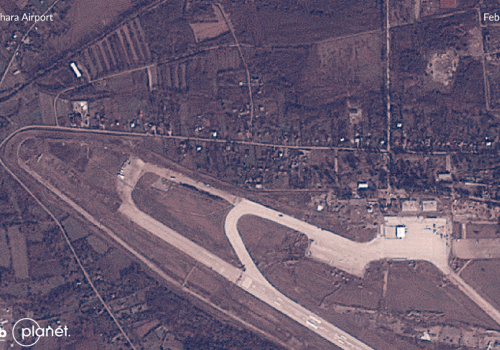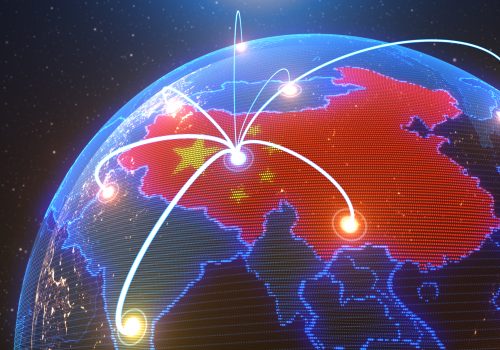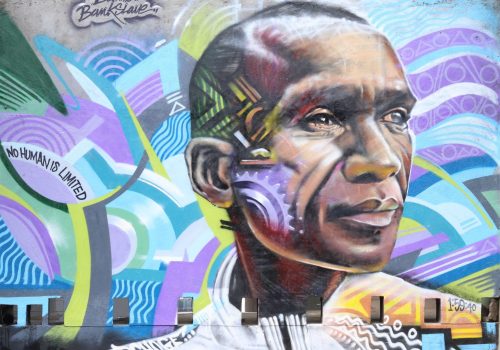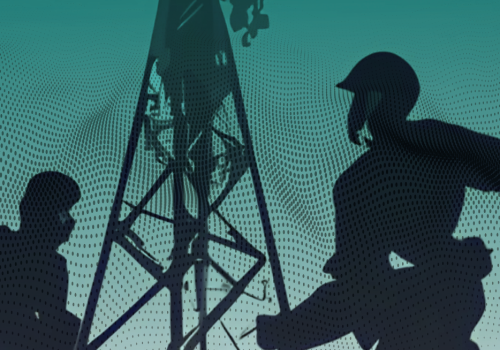Report
Wed, Jul 16, 2025
Digital occupation: Pro-Russian bot networks target Ukraine’s occupied territories on Telegram
New analysis of 3,634 automated accounts spreading pro-Russian propaganda on Telegram channels used by Ukrainian populations in occupied territories shows Russia's attempts to extend its occupation into digital spaces.
by Yuliia Dukach, Iryna Adam, and Meredith Furbish
Thu, Apr 17, 2025
Russia expands its strategic footprint in occupied Abkhazia
The reopening of the decades-closed Sukhumi Babushara Airport and a test flight from Moscow demonstrate Russia’s push for control over occupied Abkhazia
Fri, Jan 17, 2025
National Security Memorandum (NSM) on Artificial Intelligence: Democracy + Tech Initiative Markup
On October 24, 2024, the Biden Administration released its National Security Memorandum (NSM) on Artificial Intelligence. Read along with AC Tech Programs staff, fellows, and industry experts for commentary and analysis.
Mon, Jun 24, 2024
User in the Middle: An Interoperability and Security Guide for Policymakers
When technologies work together, it benefits users and the digital ecosystem. Policymakers can advance interoperability and security in tandem by understanding how each impacts the other.
Wed, Jun 12, 2024
“Reasonable” Cybersecurity in Forty-Seven Cases: The Federal Trade Commission’s Enforcement Actions Against Unfair and Deceptive Cyber Practices
The FTC has brought 47 cases against companies for unfair or deceptive cybersecurity practices. What can we learn from them?
Mon, Jun 10, 2024
Another battlefield: Telegram as a digital front in Russia’s war against Ukraine
In this new report, the DFRLab investigates the role of Telegram in Russia since the February 2022 invasion of Ukraine
Mon, Apr 22, 2024
Markets Matter: A Glance into the Spyware Industry
The Intellexa Consortium is a complex web of holding companies and vendors for spyware and related services. The Consortium represents a compelling example of spyware vendors in the context of the market in which they operate—one which helps facilitate the commercial sale of software driving both human rights and national security risk.
by Jen Roberts, Trey Herr, Emma Taylor, Nitansha Bansal
Mon, Aug 14, 2023
Protecting point-to-point messaging apps: Understanding Telegram, WeChat, and WhatsApp in the United States
A year-long project on protecting users' data and privacy that analyzes the growing use of point-to-point messaging platforms in the United States and the implications their design and governing policies have for user privacy and free speech.
Wed, Aug 2, 2023
Chinese discourse power: Capabilities and impact
An examination of China's online and offline channels for the dissemination of "discourse power" and the mechanisms of oversight on which such communications rely.
Thu, Jun 29, 2023
The disinformation landscape in West Africa and beyond
A look at West Africa’s information environment, with particular emphasis on local and international disinformation campaigns targeting the region and beyond.
Mon, May 15, 2023
What is driving the adoption of Chinese surveillance technology in Africa?
When examining the proliferation of Chinese surveillance systems and cyber capabilities in Africa, research disproportionately focuses on the motivations and ambitions of the supplier. This perspective, while it highlights Chinese diplomatic ambitions and corporate opportunities, ignores local features that drive the adoption of Chinese surveillance tools.
by Bulelani Jili
Mon, Feb 27, 2023
A Parallel Terrain: Public-Private Defense of the Ukrainian Information Environment
The information environment is a key domain through which the war in Ukraine is being contested. By better understanding the key role that private tech companies play in this domain, the USs and Ukraine can better prepare for future threats.
by Emma Schroeder* and Sean Dack













